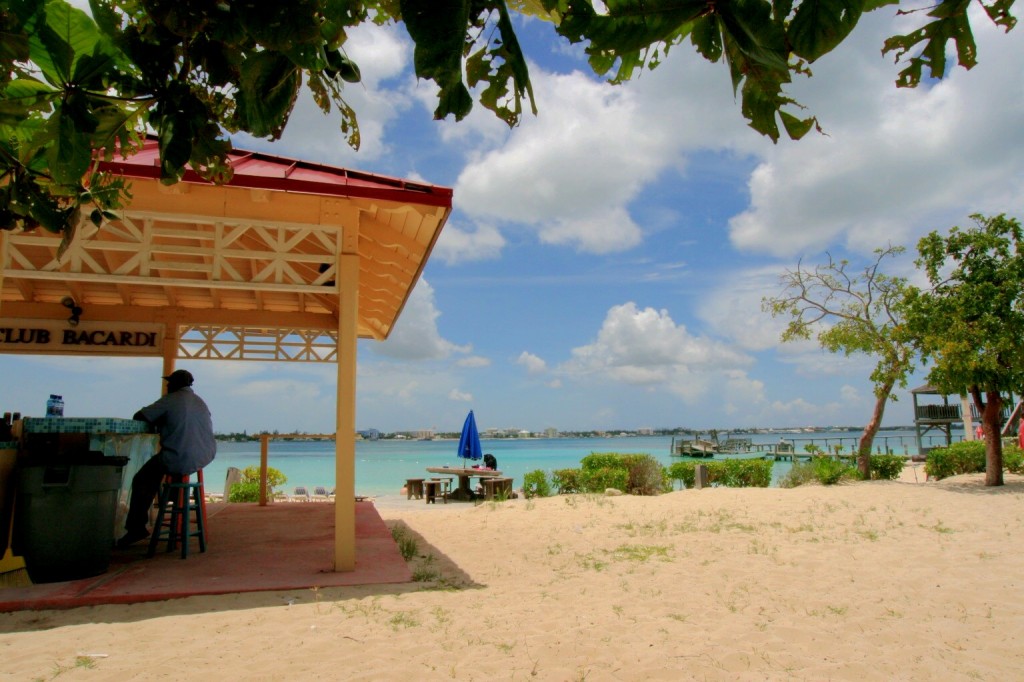There are pirates on the Caribbean, and they wear mouse ears.
Wait. That’s not the tone I want to set for this post. My family and I were the recipients of an amazing gift from my uncle. He arranged for a large family reunion that had something for everyone, from the oldest to youngest. The trip included Disney World in Orlando, Florida, to a 4 day cruise to Nassau, Bahamas, and Castaway Cay, a Disney Corp. owned island. Yes. Disney owns AN ISLAND.
There were so many bright spots of this amazing trip. It was daily life but expanded, telescoped wider, bigger, and with more food.
Here are my questions:
Why is the sea different colors in different parts of the world? I know reflective skies are part of it, but that can’t explain why it was sapphire blue in some areas, and turquoise in others.
When stingrays are kept captive, do they go crazy?
If Disney ran the U.S. economy, would we truly run the world?
Here are some things I learned:
Cruise ship workers work seven days a week, sometimes up to 13-16 hour days, for six months straight at a time. They are from all over the world. I heard Jamaican, South African, Croatian, Serbian, British, Indian, Japanese, Czech, Chilean, Uruguayan Botswanian, and American English.
Stingrays are smart. They know how to avoid the sloppy tourists who are trying to pet and feed them. They know when feeding time is, and circle like shadowy sea stalkers, routed by the promise of regular meals.
Crying children reach a pitch that reach one’s back molars. And I learned how grateful those crying children were NOT MINE (this time).
It’s tough to keep track of older children on a very big ship, and the ship grows proportionally larger depending on the time of night out in the middle of the ocean. (And that’s all I’m going to say about that.)
I also learned that I’m not “that person.” I’m not the person who can run on the beach with sugar-sand covered bare feet, enjoying the extreme heat, humidity, and humanity. I wanted to be at one point in my life, but I think that ship has sailed.
I loved seeing a new part of the world.
I learned I feel bad when other people are around me working harder than I do. (And teacher friends, you do NOT work harder than a server on a cruise ship. You don’t. I don’t. They make minimum wage at best, and the ship isn’t registered in U.S., so the cruise ship owners do not have to obey any U.S. labor laws. The workers depend largely on tips, which are often built into the cost of passage.) The workers I encountered always had a smile (except for the Botswana pizza lady–she was grumpy), and a friendly word.
One of the best stories I heard was from a Jamaican woman. She has a family back in Jamaica. She recounted when she and her siblings were little, and there wasn’t enough to eat, she would catch buckets of crayfish from the river and shake the trees for fresh almonds.
Take that anecdote how you will.
I thought about many of my students who “shake the 7-11 tree” for poisonous blue Mountain Dew and Cheetos for their breakfasts.
Strange: I still feel like I’m on the boat, and haven’t found my land-legs back. Things will stabilize soon, and the seas will change. I’m on my way home to the muddy green waters of the Northwest, where the rocky shores do not invite the casual beachcomber. Our beaches beckon miniature scientists: we go to the tide pools for field trips. But we don’t go enough, and we don’t go far enough. I want to take my classroom on the road. I want to give my children and students more experiences. Heck, the directions for getting off the boat in case of an emergency were reason to learn to read alone. (Aside from a very poor font choice, they were so confusing. Glad we had a drill! Talk about hands-on kinetic learning!)
Anyone else out there want to come aboard? Anyone else interested in seeing how far we can take our students by sharing our local cultures, languages, and ideas? Come on, PLN, whaddya say?

